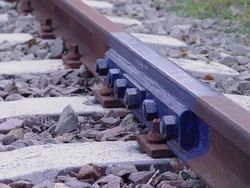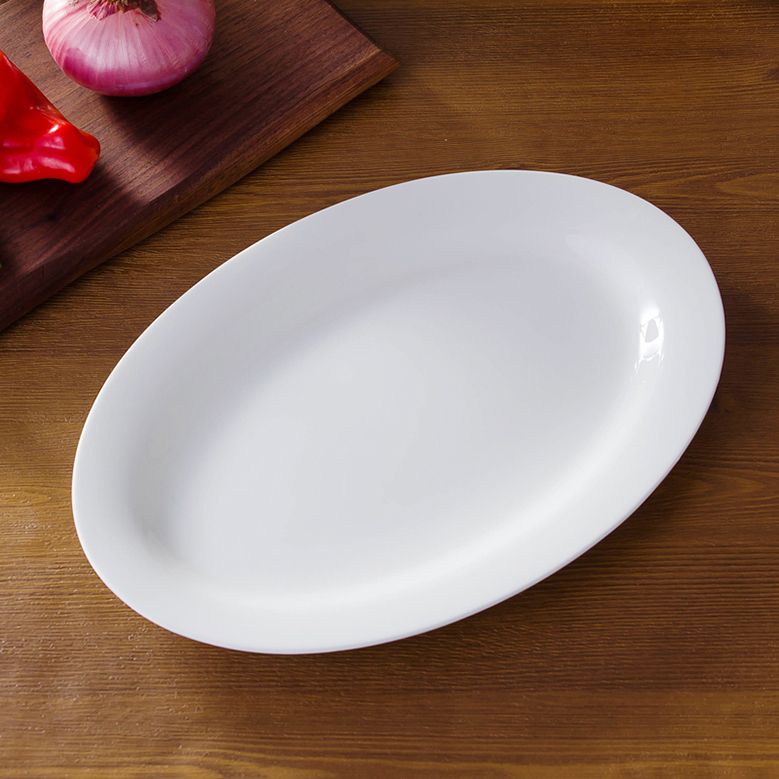In the process of reroofing a lean to shed 22 feet wide at the minute and I want to raise the roof at one side.
Sheets are coming off and timbers will be coming off as a few are rotten, existing rafters will get new bolts as they are 50 years old, all in all essentially starting from scratch, recycling timbers where they are in good condition.
The line of pillars I want to extend are railway lines. I want to extend by ~75cm, go from 2m to 2.75m
The man I am getting sheeting etc from proposed the following,
I see a problem, the web is the weakest part of the RSJ, and only approx 3.5mm thick, would a 5" or 6" channel be a better choice rather than RSJ, much more meat in the channel iron ?
Anyone ever lifted a shed roof via extending Railway line pillars ? how did you do it
Things I cant do due to space limitations
Sheets are coming off and timbers will be coming off as a few are rotten, existing rafters will get new bolts as they are 50 years old, all in all essentially starting from scratch, recycling timbers where they are in good condition.
The line of pillars I want to extend are railway lines. I want to extend by ~75cm, go from 2m to 2.75m
The man I am getting sheeting etc from proposed the following,
- A 7" RSJ directly on top of the railway line.
- Attach to RSJ using 12mm flat strip 50mm wide bolted to the web of the railway and the web of the RSJ.
- The web of a railway is 16mm thick, I need to measure again to be sure, he proposes to use more flat strip as appropriate at either side of the RSJ web to fill the gap.
I see a problem, the web is the weakest part of the RSJ, and only approx 3.5mm thick, would a 5" or 6" channel be a better choice rather than RSJ, much more meat in the channel iron ?
Anyone ever lifted a shed roof via extending Railway line pillars ? how did you do it
Things I cant do due to space limitations
- Bolt a piece of RSJ to the widest part of the railway, eve chute of another building is in the way
- Cut the Railway off at the bottom and put in a new RS
Last edited:





